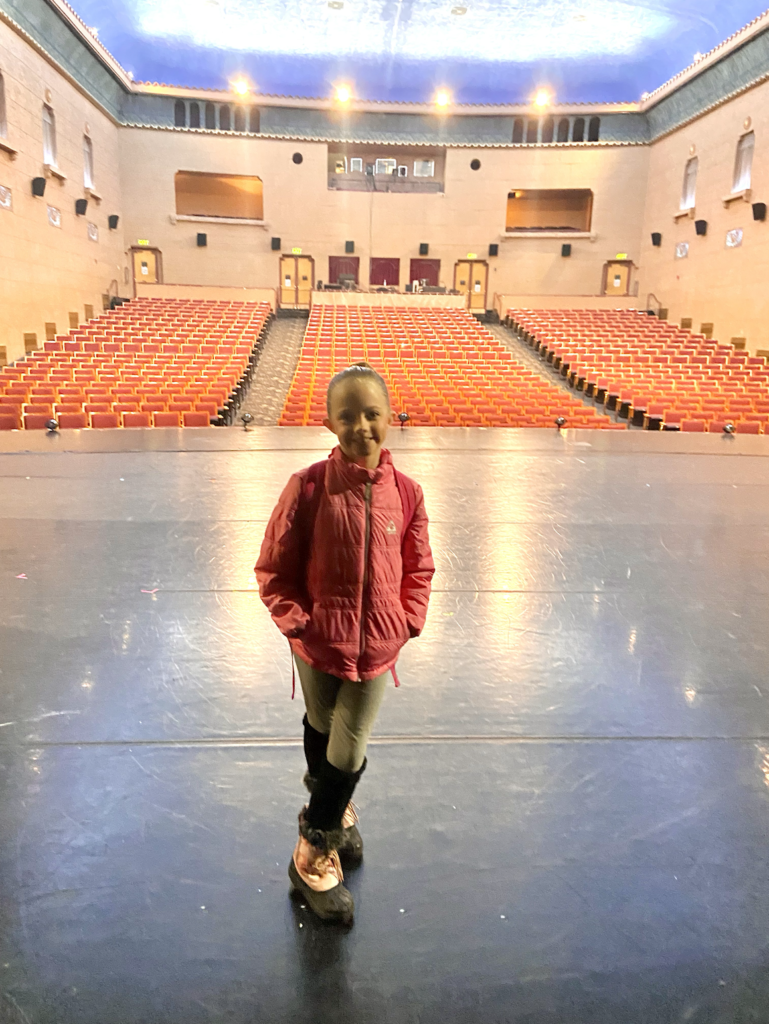four steps of sight reading
Here are the four sight reading steps I teach my students:
- Look over the entire piece. Notice everything about it – key signature, meter, tempo, accidentals, slurs, staccatos, other articulation, hand position, range, fingering, how much your hand will need to move, any key changes, any tricky rhythms, dynamics, etc.
- Play the piece with no stopping or missing, skipping, or adding a beat. (You can go slowly, just keep going!) This is important for a couple of reasons – first, it teaches your students the good habit of not stopping when they mess up. Oftentimes students get so in the habit of stopping when they mess up that they automatically stop when they get to those tricky spots, even if they don’t do anything wrong. Secondly, when you are accompanying somebody you can’t stop. In my experience, the vast majority of my sight reading opportunities have been in accompanying vocalists, choirs or religious congregations. These are the times when the pressure is on – and you cannot stop, or else you will mess up the entire group. It is a great thing to learn to not stop right from the get-go!
- Evaluate how you did! Identify any spots you had trouble in, mistakes you made, etc.
- Play once more, this time going for accuracy. Aim to get everything right this time, to fix those spots you had trouble with on your first try.

 Previous Post
Previous Post

















